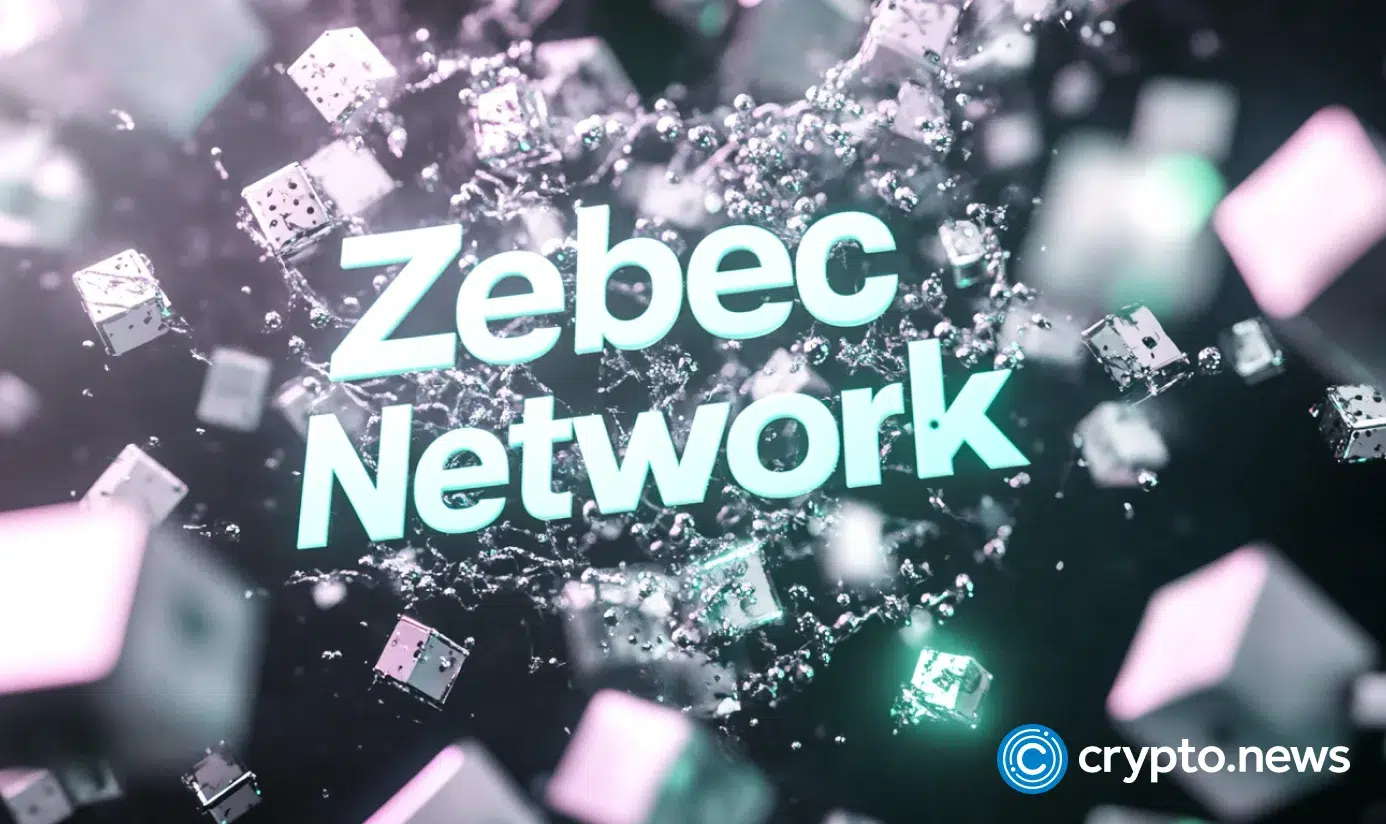
Ethereum Foundation Accelerates Scaling Push as Altcoin Bear Cycle Tests Market Resilience
The cryptocurrency market is navigating turbulent waters, with Bitcoin’s recent correction and an extended altcoin bear cycle testing investor patience. Amidst this uncertainty, the Ethereum Foundation (EF) has taken decisive action to fast-track scaling solutions, signaling a long-term commitment to improving blockchain efficiency and user experience. Meanwhile, altcoins like Solana (SOL), Dogecoin (DOGE), and XRP continue to struggle, raising questions about when—or if—a sustained recovery will materialize.
This article explores the latest developments in Ethereum’s scaling push, analyzes the ongoing altcoin downturn, and examines key trends shaping the crypto landscape.
Ethereum Foundation Merges R&D Teams to Boost Scaling Efforts
On June 2, the Ethereum Foundation announced a major restructuring, consolidating its protocol research and development teams under a unified initiative called "Protocol." This move aims to streamline efforts across three critical areas:
- Scaling the Base Layer – Enhancing Ethereum’s core infrastructure to handle higher transaction throughput.
- Expanding Blob Capacity for Layer-2 Networks – Increasing data availability for rollups like Arbitrum and Optimism.
- Improving User Experience (UX) – Simplifying interactions with decentralized applications (dApps).
By aligning researchers, developers, and project managers under one umbrella, the EF hopes to accelerate progress toward Ethereum 2.0’s full vision, including greater scalability and lower fees.
Why This Matters Now
With Bitcoin’s dominance fluctuating and altcoins struggling, Ethereum’s ability to scale efficiently could determine its position in the next bull cycle. The integration of EIP-4844 (proto-danksharding)—expected later this year—will be a crucial milestone in reducing L2 costs and improving network performance.
Bitcoin’s 8% Correction Flushes Leverage but Leaves Short-Term Uncertainty
Bitcoin recently experienced an 8% drop from its May 22 all-time high near $112,000, erasing part of its 50% rally since April. Analysts from Bitfinex suggest this correction was necessary to eliminate excessive leverage in the market but warn of continued volatility due to macroeconomic factors:
- Rising 30-year Treasury yields
- Renewed trade tensions between the U.S. and China
- Institutional hesitancy amid regulatory scrutiny
Despite short-term turbulence, long-term holders remain steadfast, with Bitcoin’s fundamentals still strong.
Altcoin Bear Market Surpasses Historical Duration—What Comes Next?
Altcoins are enduring their longest bear cycle yet, with many tokens down 70-90% from their peaks. According to analysts at BeInCrypto:
- Previous altcoin bear markets lasted ~12 months; the current one has exceeded that timeframe.
- Institutional interest in Ethereum and select L1/L2 projects could fuel the next rally.
- Meme coins like Dogecoin and newer entrants such as Just a Chill Guy (CHILLGUY) remain highly speculative but could rebound if sentiment shifts.
Solana’s 15% Drop: A Potential Rebound Ahead?
Solana (SOL) saw a sharp 15% decline, mirroring broader market weakness. However, on-chain data reveals that long-term holders are accumulating, suggesting confidence in a future rebound. If SOL holds key support levels, it may stage a recovery similar to past cycles.
MicroStrategy Rebrands as “Strategy,” Plans IPO to Fuel Bitcoin Expansion
Michael Saylor’s firm, formerly known as MicroStrategy, has rebranded as “Strategy” and announced plans for an IPO aimed at further expanding its Bitcoin holdings. The company remains one of BTC’s largest corporate holders, with over 214,000 BTC ($14B+) on its balance sheet.
This move signals continued institutional conviction in Bitcoin despite recent price fluctuations.
UAE Introduces ‘Finfluencer’ License to Regulate Crypto Promotions
The United Arab Emirates (UAE) is taking steps to formalize crypto marketing by introducing a “Finfluencer” license. Key details:
- Issued by the Securities and Commodities Authority (SCA)
- Targets influencers promoting financial products (including crypto)
- Aims to curb misinformation while fostering responsible content creation
This regulatory shift highlights the UAE’s growing role as a crypto-friendly jurisdiction while ensuring investor protection.
Russian Authorities Seize $8.2M in Crypto from Hydra Darknet Operator
In a major crackdown on cybercrime, Russian investigators confiscated $8.2M worth of crypto from Dmitry Pavlov, the alleged mastermind behind the Hydra darknet marketplace. This seizure underscores global law enforcement's increasing ability to track illicit crypto transactions—a trend likely to continue as regulations tighten worldwide.
Zebec Network Surges 440%—Can the Rally Continue?
Zebec Network (ZBC) has been one of May’s biggest gainers, skyrocketing 440% following protocol upgrades and new feature releases. While such parabolic moves often lead to corrections, Zebec’s strong momentum suggests further upside potential if adoption continues growing.
Conclusion: Ethereum’s Scaling Push vs. Altcoin Market Struggles
As Bitcoin stabilizes post-correction and Ethereum doubles down on scaling solutions, the broader crypto market remains at a crossroads:
✅ Bullish Factors:
- Ethereum’s accelerated development roadmap
- Institutional Bitcoin accumulation (e.g., Strategy’s IPO plan)
- Potential altcoin rebound after prolonged bear market
⚠️ Risks Ahead:
- Macroeconomic uncertainty impacting liquidity
- Regulatory crackdowns on exchanges & influencers
- Meme coin volatility undermining retail confidence
For now, Ethereum appears best positioned for long-term growth thanks to its scaling initiatives—while altcoins must prove they can survive this extended winter before attracting fresh capital. Investors should stay vigilant for signs of a true market reversal while focusing on fundamentally strong projects.